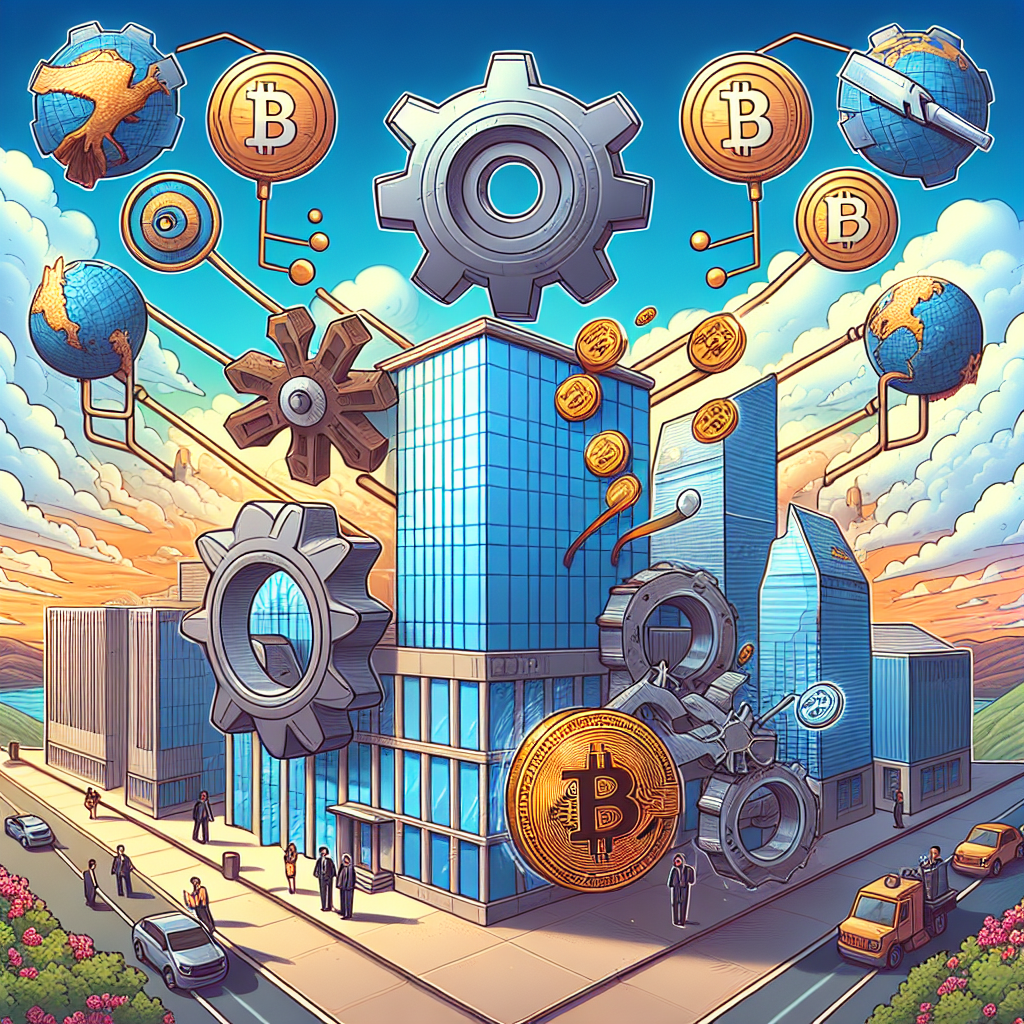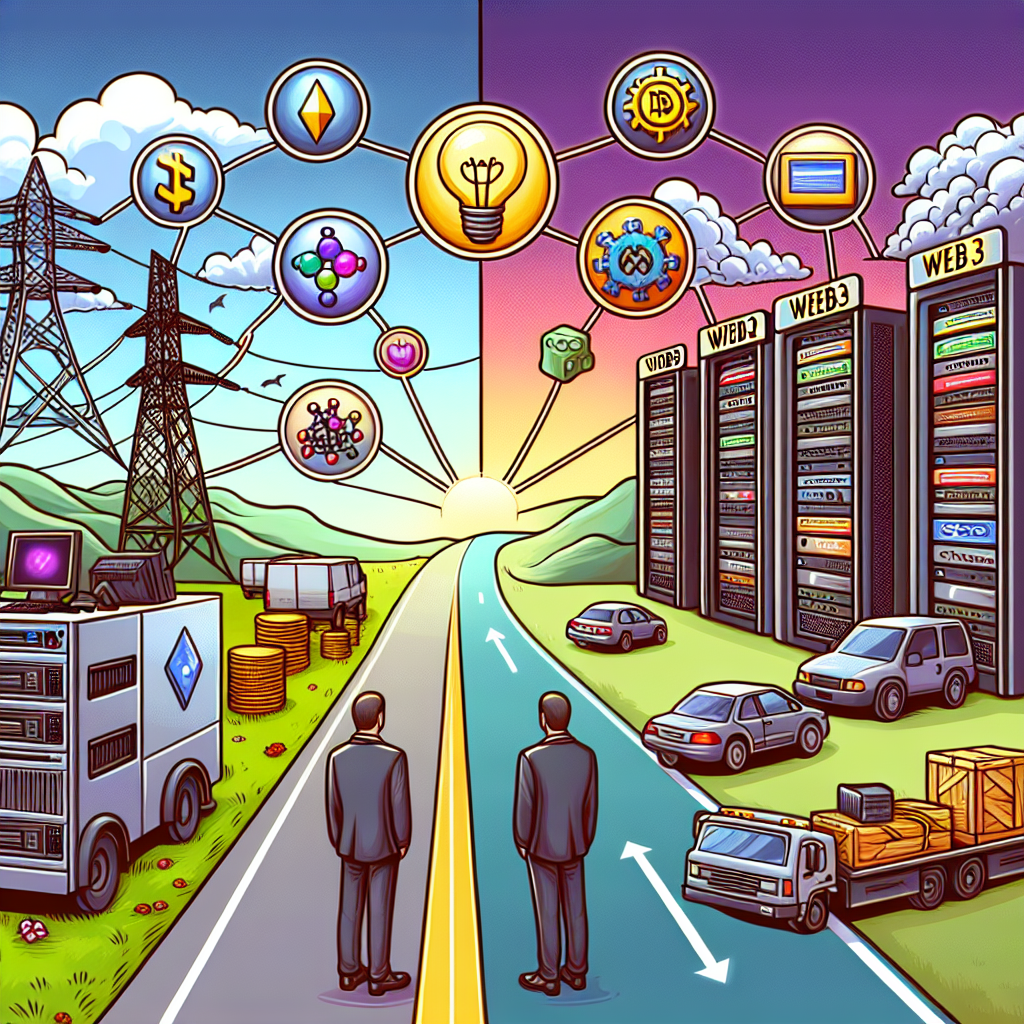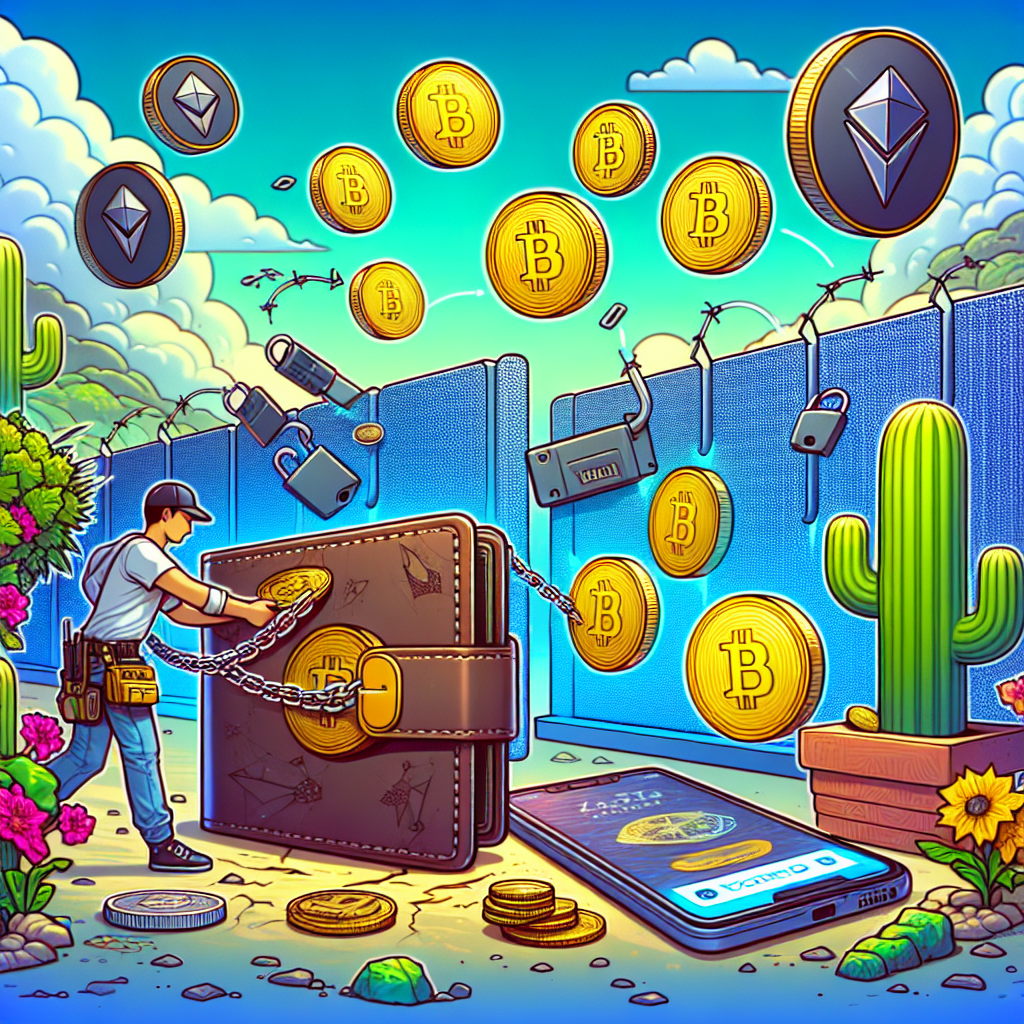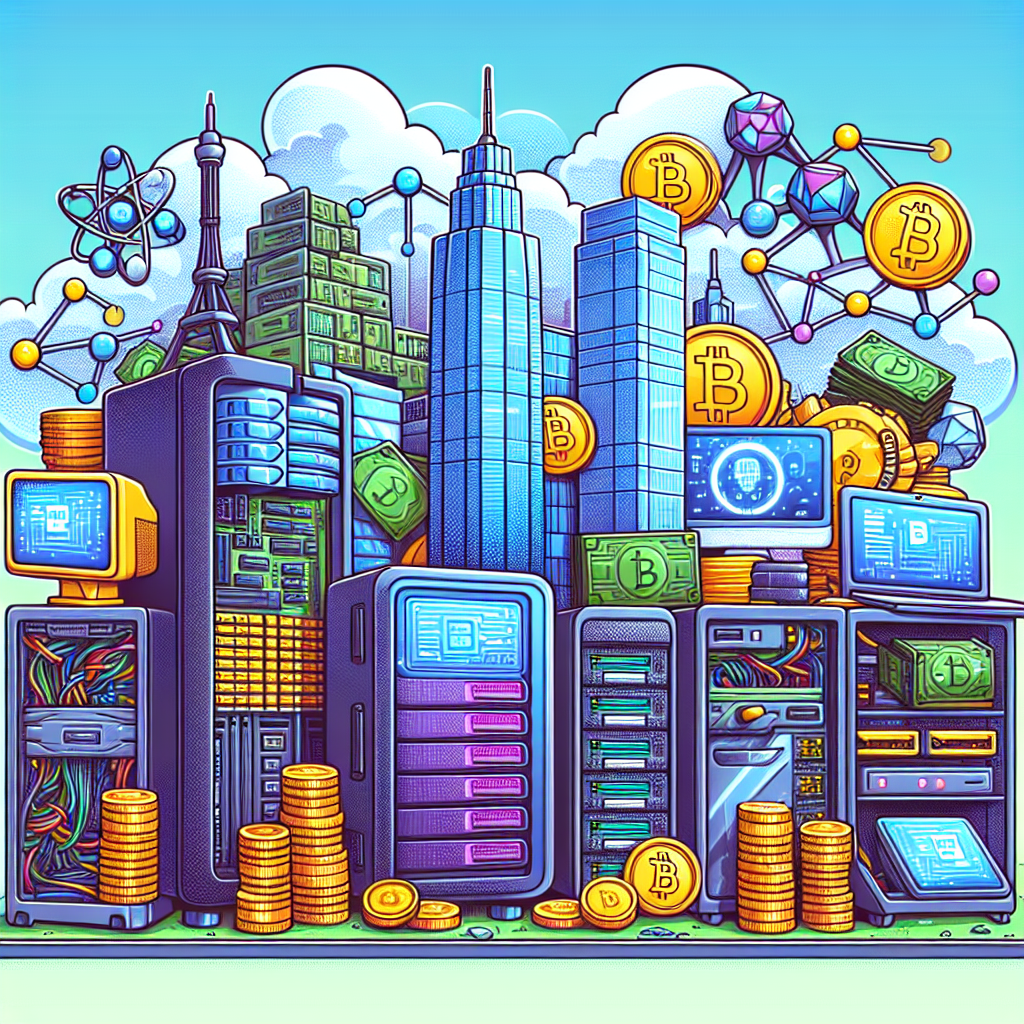As part of its ongoing mission to simplify blockchain data access, The Graph presents its newly designed GRC-20 web3 data standard. The introduction of this standard aims to foster interoperability across various blockchain systems.
Contents
3 min read
Blockchain data indexing protocol, The Graph, continues its efforts to streamline data access across multiple blockchain platforms by introducing its GRC-20 web3 data standard. This newly designed standard looks set to improve interoperability and provide an innovative approach to handling blockchain data.
The Graph’s Commitment to Accessibility
As an indexing protocol for querying networks like Ethereum and IPFS, The Graph has made significant strides in making blockchain data more accessible. Its latest move towards establishing a universal standard for web3 data, GRC-20, is a testament to this commitment. This initiative is expected to make it easier for developers to build on and interact with blockchain technology, thereby pushing forward the possibilities of decentralized applications (dApps).
Related: Rising Popularity of Solana-Based DApps and Memecoins
Introducing the GRC-20 Standard
As a new addition to the existing ERC-20 and ERC-721 standards, which are primarily associated with Ethereum, the GRC-20 aims to simplify the way blockchain data is indexed and queried. By offering a uniform approach, it’s anticipated that the GRC-20 will improve interoperability between different blockchain systems and pave the way for more cooperative functionality.
The GRC-20 standard works by defining a specific method for blockchain data to be indexed. The Graph then implements this standard in its indexing process, enabling developers to utilize the same querying methods across different blockchain networks. This significantly simplifies the process for developers, allowing them to focus more on creating and less on the complexities of data access.
Related: Understanding the Concept and Benefits of Chain Abstraction
Benefits of the GRC-20
Adoption of the GRC-20 data standard brings several benefits. First, it fosters smooth interaction among different blockchain systems by providing a uniform method for indexing data. This simplicity makes it easier for developers to build and innovate without having to navigate through disparate data structures.
Second, the GRC-20 standard encourages the development of more dApps. With a simplified data access process, developers are more likely to build applications on the blockchain, ultimately contributing to the growth and adoption of Web3.
Related: Ethereum Decentralized Applications See 38% Increase in Usage: A Possible Boost to ETH Price?
Lastly, the GRC-20 standard promotes a more sustainable blockchain ecosystem. By implementing a universal standard, systems can operate more efficiently with reduced redundancy, ultimately contributing to a greener blockchain environment.
Conclusion
The introduction of the GRC-20 web3 data standard by The Graph is a significant development in the blockchain sector. This move not only simplifies data access but also fosters better interoperability among blockchain systems. With the potential to boost the development and adoption of dApps, the GRC-20 standard is undoubtedly a step forward for the Web3 revolution.












